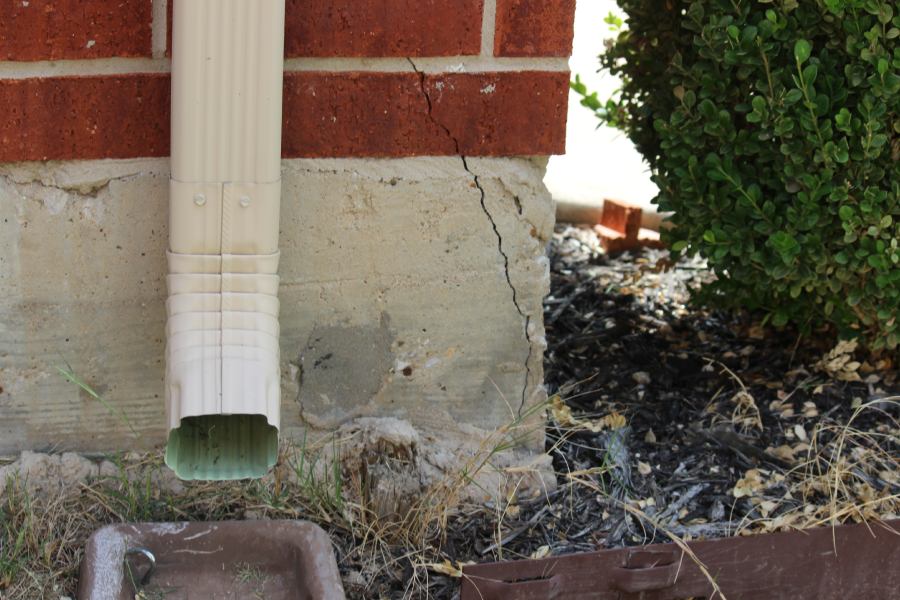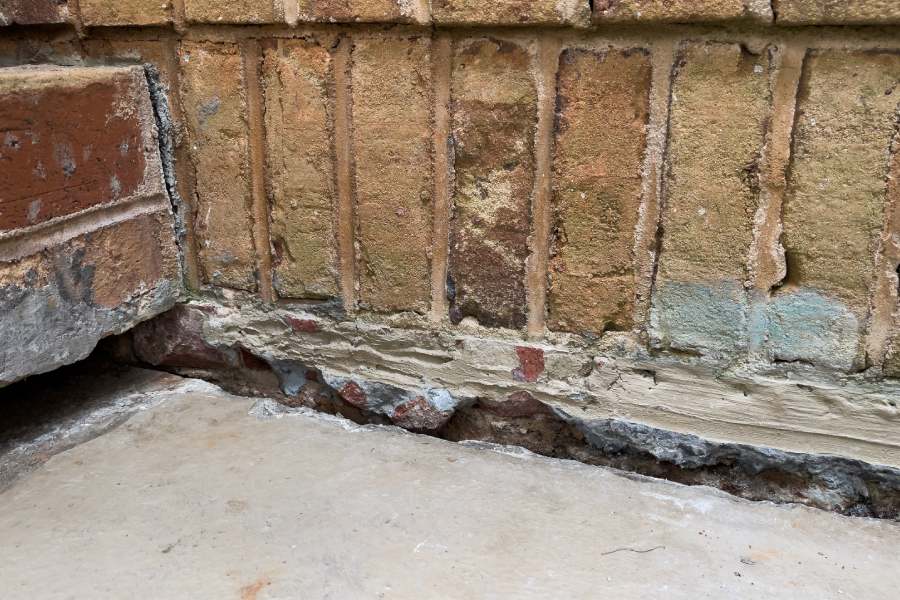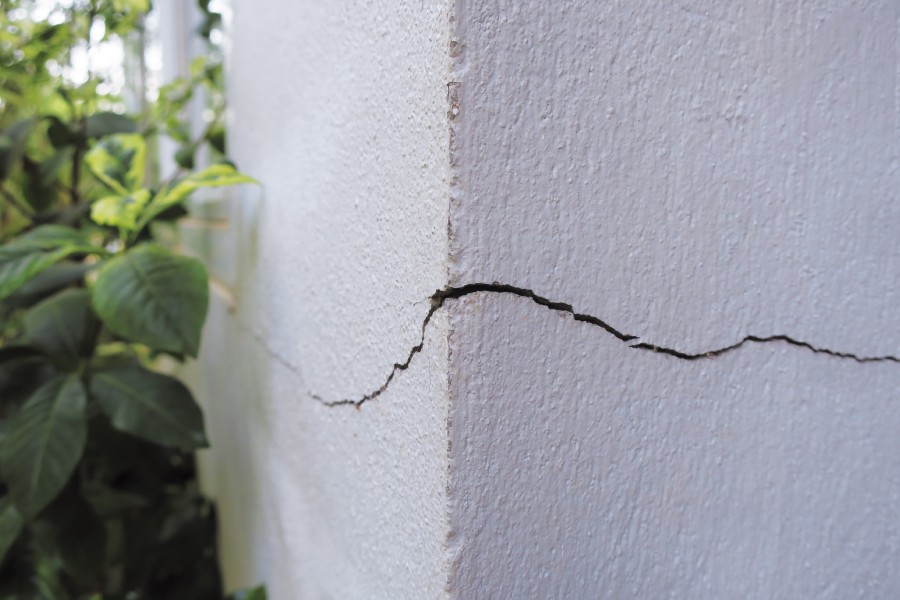Types of Underpinning

Underpinning is a critical technique in construction and renovation, essential for reinforcing and stabilizing building foundations. As structures age or face changing environmental conditions, this process becomes vital in preserving their integrity and longevity. From historic landmarks to modern homes, underpinning has saved countless buildings from potential collapse or severe damage.
The field of underpinning has seen significant advancements in recent years, driven by urban development and the need to address diverse challenges in construction. Engineers and contractors have developed various types of underpinning to tackle different soil types, building designs, and local regulations. These innovations have not only expanded the options available but have also made underpinning more efficient and less disruptive.
In this article, we’ll delve into the different underpinning methods that have become staples in the industry, examining their applications, advantages, and potential limitations.

Types of Underpinning
Underpinning is a method of strengthening existing foundations to increase their depth or load-bearing capacity. There are several types of underpinning techniques, each suited to different soil conditions and structural requirements.
These techniques range from traditional mass concrete methods to more modern approaches like resin injection and screw piles. Other common methods include beam and base, mini-piled, and pile and beam underpinning.
Each approach offers distinct advantages, allowing engineers to choose the most appropriate solution for specific foundation repair and reinforcement needs.
Mass concrete underpinning (traditional method)
Mass concrete underpinning involves excavating beneath the existing foundation in stages. Workers dig out small sections at a time, typically 3-5 feet (1-1.5 meters) in length, to maintain structural stability.
Once excavated, these sections are filled with concrete, creating a new, deeper foundation. This process is repeated along the entire length of the foundation, effectively extending it downward to more stable soil.
Reinforcing a foundation through underpinning not only adds stability but also helps improve the building’s load-bearing capacity, addressing any structural concerns from weakened soil or age-related wear.
Beam and base underpinning
Beam and base underpinning uses a reinforced concrete beam placed either below or above the existing foundation. This beam transfers the structural load to a new concrete base or a series of piers.
This method is particularly useful when the soil conditions vary significantly along the length of the foundation. It allows for a more even distribution of the building’s weight across a wider area.
The cost to level a house foundation with such methods can vary widely depending on the technique, project complexity, and local labor rates. On average, leveling a foundation can range from a few thousand dollars for simpler projects to upwards of $10,000 or more for complex cases.
Mini-piled underpinning
Mini-piled underpinning involves driving small-diameter steel or concrete piles deep into stable soil or bedrock. These piles, typically 5.9-12 inches (150-300 millimeters) in diameter, can be installed in areas with limited access.
This technique is effective for transferring loads to deeper, more stable layers of soil. It’s particularly useful in areas with poor surface soil conditions or where minimal disruption is required.
Pile and beam underpinning
Pile and beam underpinning combines elements of mini-piled and beam and base methods. Piles are installed at intervals along the foundation’s length, providing deep support.
These piles are then connected with a reinforced concrete beam, which distributes the load evenly. This method is effective for buildings on unstable or expansive soils.
Resin injection underpinning
Resin injection underpinning involves injecting a high-strength resin or grout into the ground beneath the foundation. As the resin expands, it fills voids and compresses the surrounding soil.
This method is minimally invasive and can be completed quickly. It’s particularly useful for stabilizing foundations affected by soil settlement or washout.
Screw piles and brackets underpinning
Screw piles and brackets underpinning use helical screw piles driven into the ground to provide support. Brackets are then attached to the existing foundation to transfer the load.
This method is quick to install and causes minimal disturbance to the surrounding area. It’s particularly effective for lightweight structures or in areas with limited access.
How Much Does Underpinning Cost
Underpinning costs vary significantly based on the method, project size, and local labor rates. Traditional mass concrete underpinning is often the most cost-effective, ranging from $1,000 to $3,000 per linear meter.
Beam and base underpinning is slightly pricier at $2,000 to $4,000 per linear meter. Mini-piled underpinning typically costs $3,000 to $5,000 per linear meter, while pile and beam underpinning, being more complex, can range from $4,000 to $6,000 per linear meter.
Resin injection underpinning is sometimes more economical, costing between $1,500 and $3,500 per linear meter. Screw piles and brackets underpinning generally fall between $2,500 and $4,500 per linear meter, though costs can vary widely based on the number of piles needed.
It’s crucial to remember that these are rough estimates, and actual costs can differ significantly depending on specific project requirements.

Conclusion
This article has provided insight into various types of underpinning and their associated costs, from traditional mass concrete to innovative resin injection. Understanding these methods is essential for making informed decisions regarding foundation repair.
Remember, while costs are important, prioritizing the long-term stability and safety of your structure should be your primary concern. With this knowledge, you’re better equipped to approach foundation repair projects with confidence.
